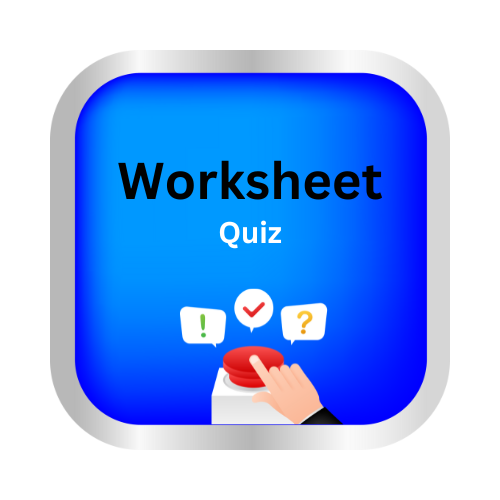Comparison word problems
key notes :
Understanding Comparison
- Comparison means finding out which number is bigger, smaller, or equal.
- Words like more than, less than, greater, fewer, and equal help in comparison.
Key Words in Word Problems
- More than (addition): “John has 2 more pencils than Sam. If Sam has 3, how many does John have?”
- Less than (subtraction): “Emma has 6 balloons. Lily has 2 fewer. How many does Lily have?”
Simple Addition & Subtraction for Comparison
- Teach students to add when comparing total amounts.
- Teach subtraction when finding how much more or less one amount is than another.
Using Number Lines
- Help students count forward or backward to compare two numbers.
- Example: Mark 7 and 4 on the number line; see which is greater.
Practice with Real-Life Examples
- Compare the number of toys, candies, or classroom objects.
- Ask questions like, “Who has more books?” or “Which glass has less water?”
Encouraging Logical Thinking
- Have students explain their answers using “because” (e.g., “5 is more than 3 because 5 comes after 3 on the number line”).
Learn with an example
🪁The shopping mall has 4 shoe stores and 5 luggage stores. Are there more shoe stores or luggage stores at the mall?
- shoe stores
- luggage stores
- 5 is more than 4. There are more luggage stores at the mall.
🪁 Dale and his sister went for a jog around their neighbourhood. On Spruce Street, they saw 7 cats. Around the corner, on Fourth Avenue, they saw 10 more cats. Did they see more cats on Spruce Street or on Fourth Avenue?
- on Spruce Street
- on Fourth Avenue
- 10 is more than 7. They saw more cats on Fourth Avenue.
🪁Devon and her brother went for a jog around the neighbourhood and saw 9 cats. They saw more dogs than cats. How many dogs did they see? Pick a possible answer.
- 8
- 10
- Try both answer choices. 10 is more than 9. They saw 10 dogs.
Let’s practice!

